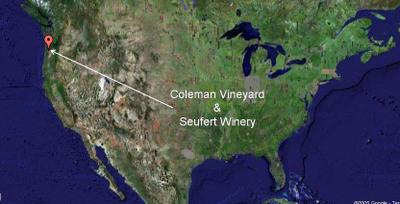How much to extract?
That’s today’s question.
One very experienced winemaker advocates maximum extraction. He has an established routine to get everything the grape has to offer. His track record is excellent with his wines garnering glowing reviews and top prices. Obviously some people, notably many reviewers, like this style of Pinot.
However, I don’t believe that he’s made wine using grapes from the McMinnville AVA. These grapes tend to produce bigger, fuller bodied wines without extreme extraction.
If this year was normal, I would limit the extraction and stick to the proven approach for this region. However, as previously mentioned, this years’ crop was diluted by pre-harvest rain. The consensus is that I need to increase extraction; the question is by how much?
Here’s my current thinking… of the roughly half dozen techniques that I can use to influence extraction, I’ll fully utilize one or two, and partially utilize another one or two.
For example, different attributes are extracted during pre-fermentation cold soak than are extracted during alcoholic fermentation. One of the extraction tools involves influencing this fermentation. One particular yeast strain prolongs fermentation, and the recommendation was to use this yeast at one-half strength to extend fermentation even longer. This experienced winemaker believes in this approach so strongly that he gave me the specific yeast to use.
I’ll probably try this technique on one of my two batches. My second batch comes from mature Pommard vines. Because the vines are older, with deeper roots, it appears to be less diluted. Therefore, I don’t think it needs as much extraction. For this batch, I’ll stick to my original intent and ferment with the yeast I purchased based on tasting Coleman Vineyard samples.
Given the track record of the grapes I’m using – that they don’t need extraction in normal years – I’m going to play it safe. On the batch from young vines, I’ll target moderate extraction. On the batch from mature vines, I’ll go for some extraction, but something less than the first batch.
What do you think?

